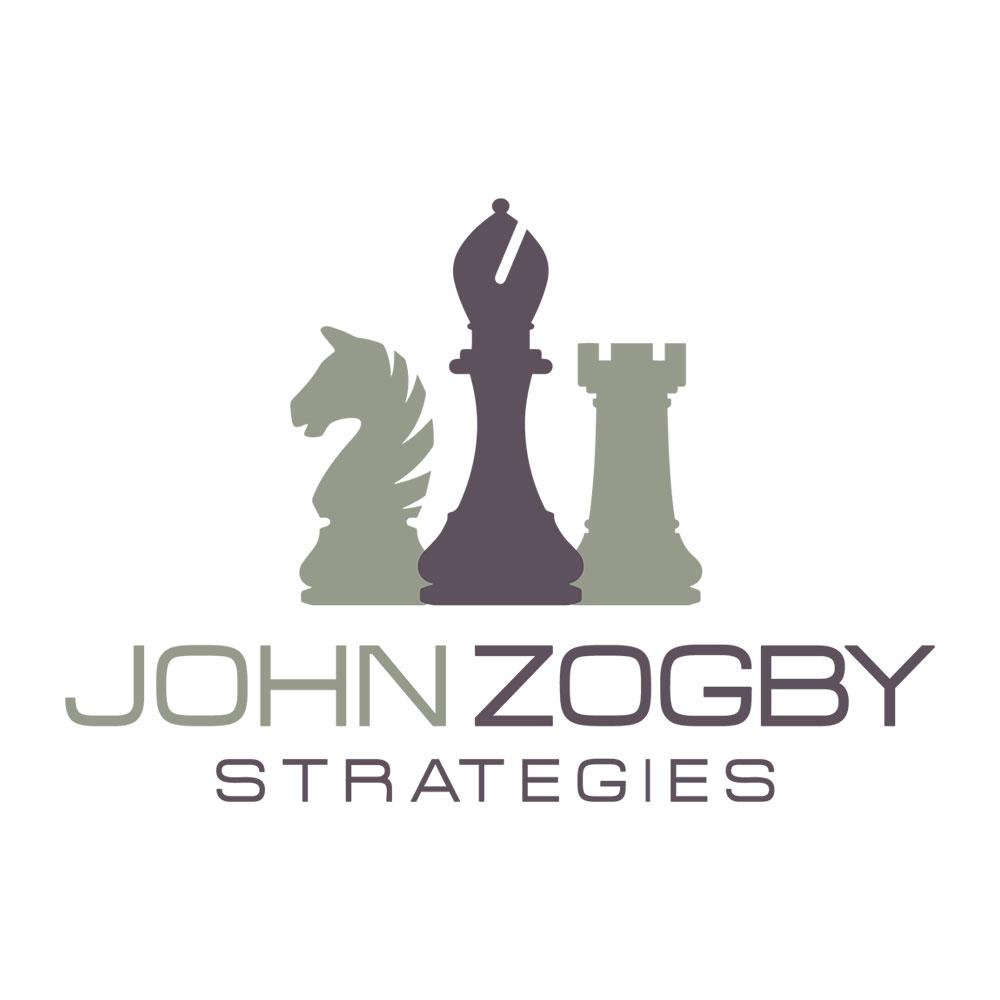Some of the best known talking heads fell on their faces all through the election, including Election Night. How could Donald Trump be winning when the polls showed beyond a reasonable doubt that Hillary Clinton was marching nonstop to the White House?
First, the polls were not so bad after all. Aside from the usual problem I have with my colleagues, i.e. the tendency to over sample Democrats and under sample Republicans, the pre-election polls gave me at least enough direction to be cautious. First, the sampling. I have always weighted (that is, adjusted) my pre-election polling sample to reflect party identification percentages that were based on reality – exit poll history, trends, etc. In all the years I have been polling I have never ever seen a final national election poll result that showed more than a 4 point differential between Democrats and Republicans. Many, if not most, 2016 pre-election poll included samples with 38%-39% Democrats and 28%-29% Republicans. A few even had 24% Republicans. In the final analysis, with Trump and Clinton ultimately receiving the requisite 90% support of their party’s voters, we can easily see that Clinton’s leads were based on faulty data. And I can honestly tell you that after near perfect results from Zogby Polls from 1996-2012, I never had to weight party identification very much from my pre-weighted results.
But the real issue is that both the pundits and the public should not be looking for a margin of victory before an election takes place. We had at least 12% who said they were either undecided or voting for a third party candidate before the election. And many of those undecided voters were either not sure they would vote or were saying that they would “probably” choose the “lesser of two evils” between Trump and Clinton but had not made up their minds which candidate that could be. They actually detested both candidates. Thus those pundits who fully expected a Clinton victory were acting out of wishful thinking or a complete misreading of the data.
Clinton went into Election Day with an average lead of 3.3 percentage points with faulty data in most polls. That in itself is too close to call – especially with so many late decision makers. But the state polls had clear directional signs. Clinton was leading in Pennsylvania, Michigan, North Carolina, and even Wisconsin by about 10 points with 9 or 10 days to go. In every instance, her lead went down drastically 1 or 2 days before Election Day – 2.3 points in Pennsylvania, tied in North Carolina, 3 in Michigan and 4 or less in Wisconsin. Smart observers should not look at those numbers the day before and “predict”, they need to look at the trend, the direction of things, to make an assessment (not prediction).
I have done over a dozen interviews (and turned down many more) since the election asking if anyone can ever trust polls again. Of course we can, at least some of them. But we need to read them more intelligently. And talking heads and columnists need to have more realistic expectations about what polls are saying. Polls tell us a whole lot more about what is on voters’ minds, what is important and what presses their hot buttons, which directions certain groups are moving, and what the trend line may be. Political polls are much more difficult to conduct because of changes in technology and in our culture. But they can still be very good and tell us what we really need to know. Unless you manage a competitive hedge fund or have a guy sitting outside in a black Cadillac waiting for your wager, why do you need to “know who is going to win” the week or the day before?
The short answer is you don’t… and you shouldn’t. Use polls to tell you more about who we are as a people and where the candidates stand. Isn’t that a novel idea?

